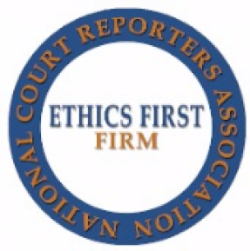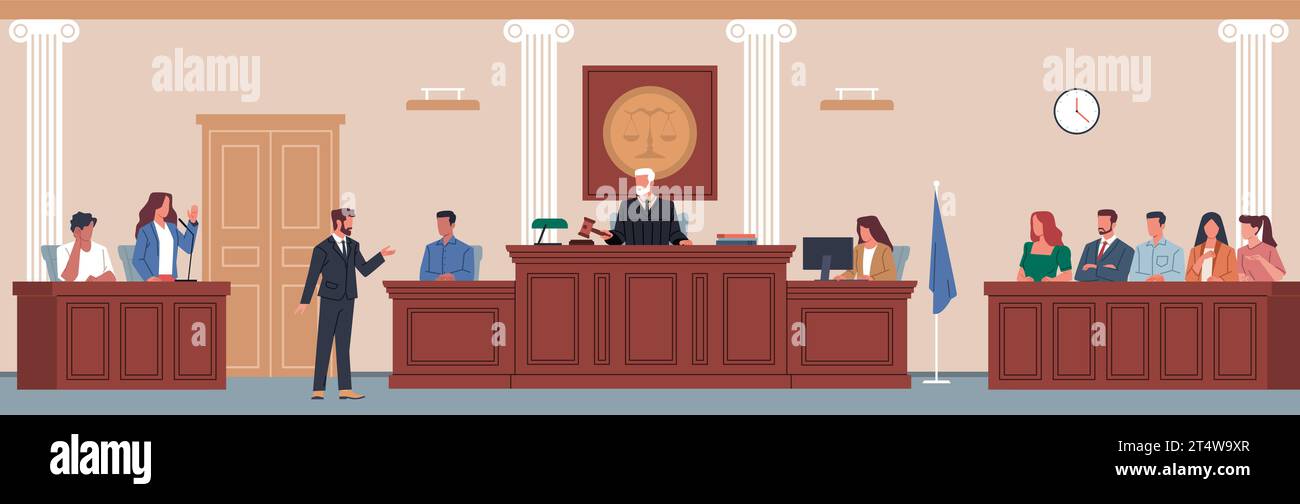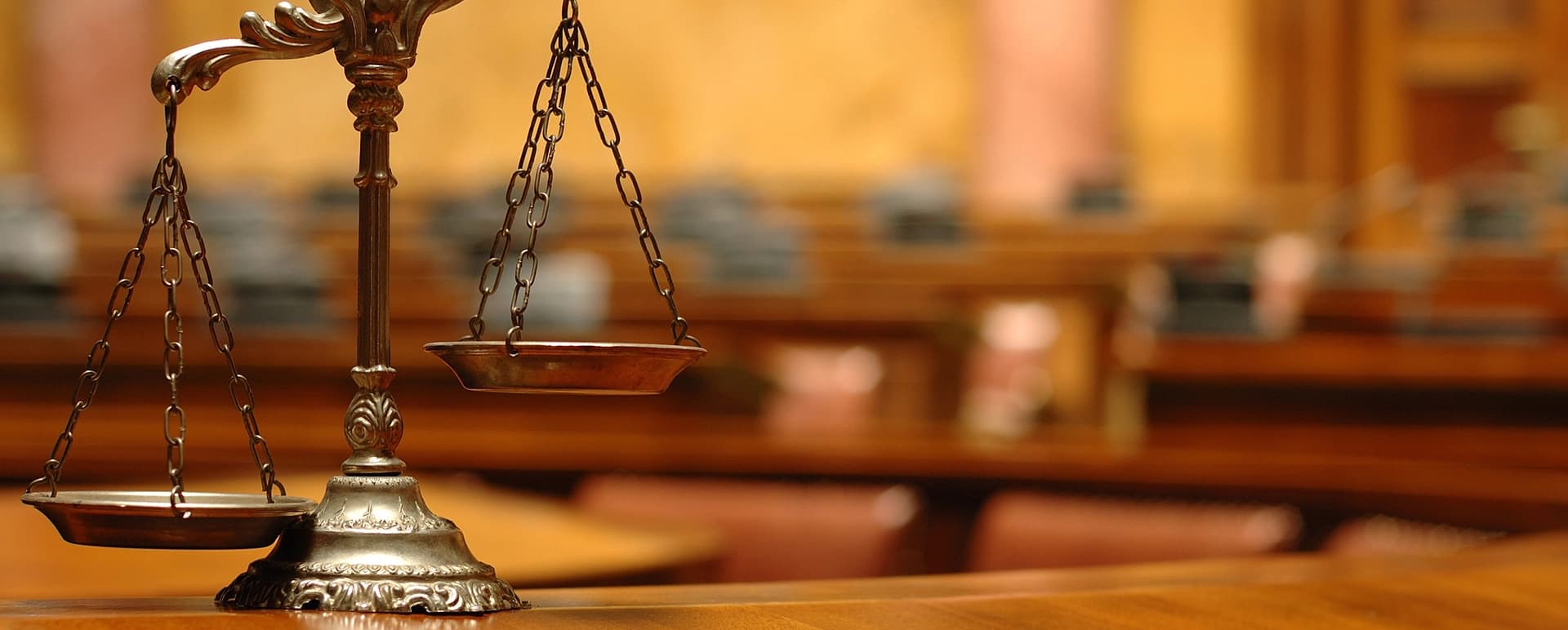Trial Presentation Enhancing Legal Cases with Visual Evidence Support
Trial Presentation Enhancing Legal Cases with Visual Evidence Support
Blog Article
Astound the Jury: Vital Aspects of a Powerful Trial Discussion
In the world of legal campaigning for, the capability to captivate a court is extremely important to the result of a test (trial presentation). Crucial components such as comprehending the target market, crafting an engaging story, and grasping spoken and non-verbal communication are crucial components of a reliable presentation. The calculated usage of visual help can considerably enhance comprehension and retention of crucial arguments. As these variables link, they create a cohesive approach that not just informs however also involves jurors on multiple levels. What certain methods can truly change a basic presentation into a remarkable experience for the court?

Understanding Your Audience
Comprehending your audience is an essential facet of effective trial discussion. An effective presentation rests on the capability to understand the demographics, worths, and predispositions of jurors. This comprehension informs just how arguments are mounted, proof is offered, and emotional charms are crafted, ensuring that the message resonates with the jurors on a personal degree.
Research study indicates that jurors come from diverse histories and might have differing degrees of understanding relating to legal process (trial presentation). Hence, it is critical to prevent legal lingo that can alienate or puzzle them. Instead, using clear, relatable language fosters involvement and comprehension. Furthermore, comprehending the jurors' prospective prejudices and life experiences allows the test presenter to expect objections and address issues proactively.
Reliable test presentation also includes observing jurors' reactions throughout the procedures. Being attuned to non-verbal cues can give understanding right into their involvement and receptiveness, permitting real-time adjustments in technique. Eventually, a profound understanding of the audience not only enhances communication but additionally develops relationship, raising the possibility of a desirable end result. Involving with jurors as people as opposed to a cumulative unit is important in cultivating a strong connection in the court room.

Crafting an Engaging Narrative
Crafting a compelling story is necessary in leading jurors via the complexities of a situation. A well-structured story not only simplifies intricate legal ideas but additionally engages jurors on an emotional degree, making the info a lot more relatable and remarkable.
This message should reverberate with the jurors' values and experiences, fostering a connection that goes beyond simple facts. This sequential approach can aid jurors comply with the progression of occasions, highlighting reason and result.
Integrating human components-- such as individual tales or anecdotes-- can better enhance the narrative's impact. These aspects evoke empathy, permitting jurors to envision the repercussions of the instance on realities. Additionally, using a constant motif throughout the discussion enhances the major argument, making it easier for jurors to retain crucial points.
Inevitably, an engaging narrative changes a test presentation from a simple address of facts into an influential story that mesmerizes the court, motivating them to deliberate with both factor and feeling.
Making Use Of Aesthetic Aids
Including visual help right into a test presentation can substantially improve jurors' comprehension and retention of information. Aesthetic materials such as graphes, layouts, photographs, and video clips can change complex lawful principles and proof right into quickly digestible formats. By involving numerous detects, these aids permit jurors to imagine the case's crucial aspects, making it simpler for them to comply with along and understand elaborate from this source information.
Additionally, properly designed visual help can highlight crucial points and highlight connections between different items of evidence. Timelines can effectively show the sequence of occasions, while annotated images can clarify particular details pertinent to the case. This not only aids in understanding but additionally strengthens the narrative provided by the lawyer.
Overly complex or messy visuals may overwhelm jurors and detract from the message. Eventually, effective visual interaction can be an effective tool in encouraging jurors and aiding them get to notified verdicts.
Understanding Verbal Communication
Reliable spoken interaction is important in a trial presentation, as it serves as the primary means with which lawyers convey their disagreements and attach with jurors. Simpleness in language fosters understanding and aids jurors understand complex concerns provided throughout the trial.
Additionally, tone and pacing dramatically impact exactly how messages are gotten. A confident tone communicates authority, while appropriate pacing permits jurors to soak up information without feeling bewildered. Attorneys should additionally differ their vocal inflections to stress bottom lines and keep jurors' rate of interest throughout the presentation.
Additionally, the organization of verbal arguments is important. Structuring the narrative realistically and coherently aids jurors follow the lawyer's logic, making it much easier for them to maintain crucial info. Utilizing persuasive methods, such as storytelling, can additionally boost the emotional resonance of the debates offered, therefore producing a much more profound link with jurors.
Eventually, check these guys out understanding verbal interaction not just reinforces an attorney's instance but also fosters count on and rapport with the jury, substantially enhancing the possibilities of a beneficial decision.

Involving With Body Movement
Nonverbal communication plays a crucial duty in test discussions, commonly sharing messages that words alone can not share. Body language, encompassing motions, position, face expressions, and eye get in touch with, substantially influences how jurors perceive the reputation and sincerity of the presenter. A positive stance, with shoulders back and an open pose, can impart trust, while closed-off body movement may suggest defensiveness or unpredictability.

Face expressions ought to mirror the emotions connected with the case, enhancing the story existing. For example, an honest expression throughout a touching moment can elicit empathy and reinforce the sob story. Inevitably, mastering body movement is vital for effective test discussions, as it boosts verbal interaction and establishes an engaging presence that reverberates with the jury.
Verdict
Finally, captivating the court necessitates a critical approach that encompasses recognizing the audience, crafting an engaging narrative, utilizing aesthetic help, mastering verbal communication, and engaging with body language. Each element plays an important role in producing a powerful trial presentation that reverberates with jurors on both emotional and intellectual levels (trial presentation). By incorporating these elements properly, legal experts can dramatically boost their capacity to persuade and influence court decision-making
Report this page